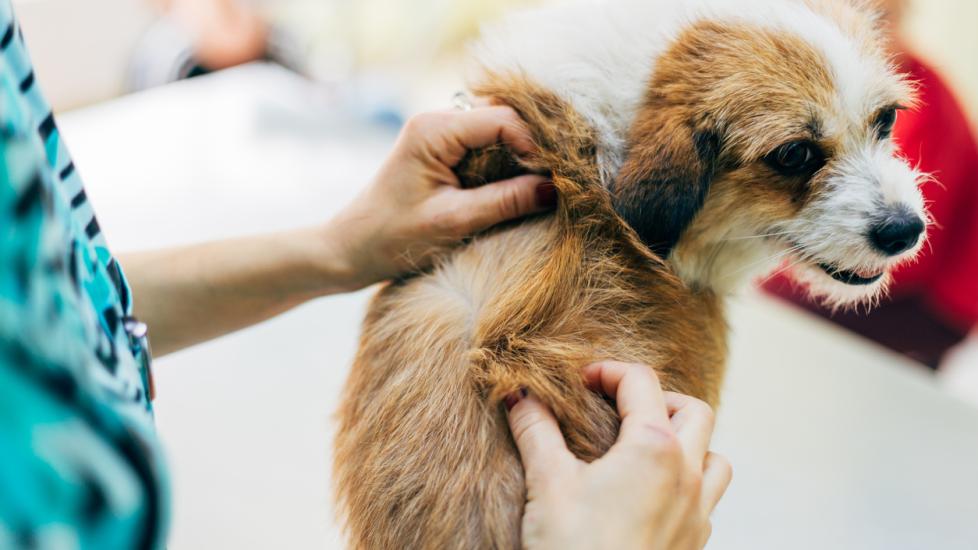In the realm of canine companionship, pet owners often face a myriad of grooming challenges. One such conundrum is the perplexing presence of dandruff on our furry friends’ coats. While it may be tempting to dismiss this as a mere cosmetic issue, understanding and addressing its underlying causes are crucial for maintaining your dog’s overall health and vitality. This article delves into the intriguing phenomenon known as “walking dandruff”—a term used to describe excessive flaking of the skin and hair coat that leads to white or grayish particles adhering to your dog’s fur after they walk around. Let us embark on a journey to unravel the mysteries of walking dandruff and explore effective strategies to combat this common yet bothersome condition.
Understanding Walking Dandruff:
Walking dandruff is not just an aesthetic concern; it signifies an imbalance within your dog’s skin and coat. The exact cause can vary from case to case but typically involves one or more of the following factors:
- Hormonal Imbalances: In some dogs, particularly those nearing middle age, hormonal changes can lead to increased sebum production, which can clog follicles and result in dry, flaky skin.
- Allergies: Environmental allergens like pollen, mold spores, dust mites, or certain chemicals found in detergents and flea treatments can trigger allergic reactions that manifest as skin irritation and scaling.
- Parasitic Infestations: Demodectic mange (demodicosis) caused by Demodex mites is a primary example where these microscopic parasites burrow into the hair follicles, leading to intense itching and subsequent scratching that exacerbates dandruff issues.
- Dietary Deficiencies: Insufficient dietary nutrients, especially omega-3 fatty acids and other essential vitamins and minerals necessary for healthy skin and coat growth, can contribute to persistent dandruff problems.
- Poor Grooming Habits: Failing to bathe your dog regularly with gentle shampoos formulated specifically for their skin type can lead to buildup on the skin surface, triggering inflammation and excess shedding.
Tackling Walking Dandruff:
Once you have identified the potential triggers behind your dog’s walking dandruff, you can begin implementing tailored solutions to alleviate the problem. Here are several steps you should consider taking:
- Regular Grooming Sessions: Schedule regular brushing sessions to remove loose hair and debris while stimulating blood circulation to the skin, promoting healthier coat growth.
- Proper Diet: Ensure your dog receives a balanced diet rich in essential fatty acids and nutrients that support skin and coat health. Consult with your veterinarian if supplements might benefit your pet.
- Environmental Control: Minimize exposure to environmental irritants by keeping your home clean, using air filters when needed, and considering allergy medications under veterinary guidance.
- Medical Treatments: If allergies or parasite infestations are at play, appropriate medication prescribed by a vet could help resolve the underlying issue.
- Gentle Bathing Routines: Bathe your dog using mild, pH-balanced shampoo designed for sensitive skin. Avoid over-bathing as it can strip natural oils from the coat, contributing to further dryness.
- Veterinary Examination: Regular check-ups with your veterinarian will allow them to monitor your dog’s progress and make any necessary adjustments to treatment plans based on individual needs.
Conclusion:
Walking dandruff in dogs is a multifaceted challenge that requires patience, diligence, and a personalized approach to care. By recognizing the various causes and adopting targeted interventions, pet owners can significantly reduce the visibility of dandruff and enhance the well-being of their beloved canine companions. Remember, every dog is unique, so what works for one pup might differ from another. Always consult with a professional before making significant changes to your dog’s routine or introducing new products to ensure the best outcome for your four-legged friend.
